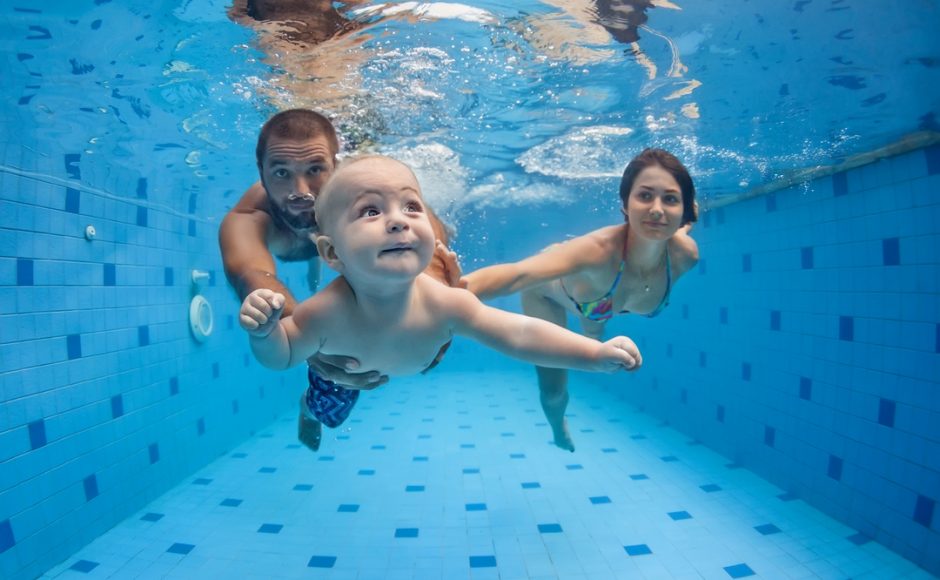Swimming is a beneficial activity as it allows you to cool off on a humid day, get some exercise, and can have therapeutic implications. Swimming is a particularly enjoyable activity for children in summer camps. There are many other reasons why people enjoy swimming but it is an activity that can have dire consequences if proper precautions are not taken.
While swimming in a pool is safer because it is a controlled setting with known depths, swimming in a lake, river, or pond can be much more dangerous in comparison and below are 4 tips to follow to ensure your excursion into a body of open water does not end in disaster.
1. Wear a lifejacket

There are many excuses that people give for not wearing a lifejacket such as he or she is a strong swimmer or they are for children. The truth is there are many reasons why you should wear a lifejacket. Cramps and fatigue have been known to be causes of drowning even for the strongest of swimmers. If this occurs, a lifejacket can buoy the person wearing it, keeping them afloat while they wade into shore.
In the ocean, no swimmer is any match for large waves and undertows that can cause distress while swimming. A lifejacket can keep you above water in these circumstances and pop you back above the surface in the event you go down.
2. Check the temperature of the water

To guarantee a safe swim outing, check the temperature of the water before wading in. When it is extremely humid out, the water can often feel warmer than it actually is. If a swimmer enters the water and it is too cold, cold shock response can occur which leads to the involuntary inhalation of water and heart complications that often result in drowning. Hypothermia occurs if a swimmer is exposed to cold water temperatures for a longer period and this results in the inability to use arms and legs and mental health deteriorating.
In contrast, hyperthermia occurs when the water is to warm and symptoms of nausea, light-headedness, and heat stroke can make it very difficult to navigate back to shore. There is no foolproof method of determining whether a lake is suitable to swim in, but you can pay be mindful of how you feel while swimming and if you are experiencing any feelings out of the ordinary, make your way to shore immediately.
3. Know your surroundings

Knowing your surroundings when swimming in open water could very well be the difference between life and death. It will be very difficult to receive help due to a swimming incident if no one is around to help you. Swim with at least one other person and if you are in a group, maintain buddy systems where you and a partner are keeping an eye out for each other. It is easy to lose track of swimmers when a lot of people are present.
Before diving or jumping into the water, establish what the depth is where you are entering the water and steer clear of debris. Both of these could result in spinal cord injuries, broken bones, or death. Watch for weather hazards and leave the water at the first sign of thunder and wait at least a half hour after the last thunderclap before re-entering.
4. Don’t drink the water

While drinking the water is not an immediate hazard, it could cause serious issues later on. In a lake or pond where the water does not circulate, harmful bacteria and microorganisms could be present that could cause sickness or death if consumed. The deadly brain-eating amoeba Naegleria fowleri has claimed many lives and can even enter the body through the mouth or nose. Swimmers can prevent sickness and death due to water quality by refraining from drinking the water and plugging their noses before plunging into the water.




